IN THIS POST
Unless you are a builder, contractor, architect or another construction professional, there is a good chance you don’t know much about the process of cement quality check. However, if you are planning to build a house or in the process of remodelling it, it is imperative for you to be familiar with the process of how to check the quality of cement before mixing it with other materials.
As you may already know, cement is one of the most important construction materials used all across the world. An essential component of the urban infrastructure, cement acts as a binding agent for concrete and mortar. It is usually available in the form of grey powdery substance packed tightly into thick paper bags.

The main components of cement include limestone, sand, iron ore, bauxite. However, depending on its composition, cement may also include chalk, clay and slate among other materials. All of these raw materials are processed and heated at about 1500 degree centigrade before being crushed into a fine grey powder that is later deposited in bags to be sold in the market.
Moreover, there are two hydraulic or Portland cement and non-hydraulic cement.
Now that we know the basics, let’s take a look at how to check cement quality at construction sites.
How to Check the Quality of Cement
Builders and masons carry out preliminary field tests of cement at construction sites to determine its quality. These cement quality tests may not allow construction professionals to learn about all properties of the material, but they help paint a clear picture of its strength and overall quality. Also, you don’t have to be an expert to carry out these tests.
Here are some of the simplest field tests anyone can easily perform to check the quality of cement.
Check manufacturing date
Check the colour of cement
Check for the presence of lumps
Cement float test
Cement adulteration test
Cement temperature test
Cement strength test
Cement odour test
Cement setting test
Let’s discuss these field tests of cement in detail.
Check Cement Manufacturing Date
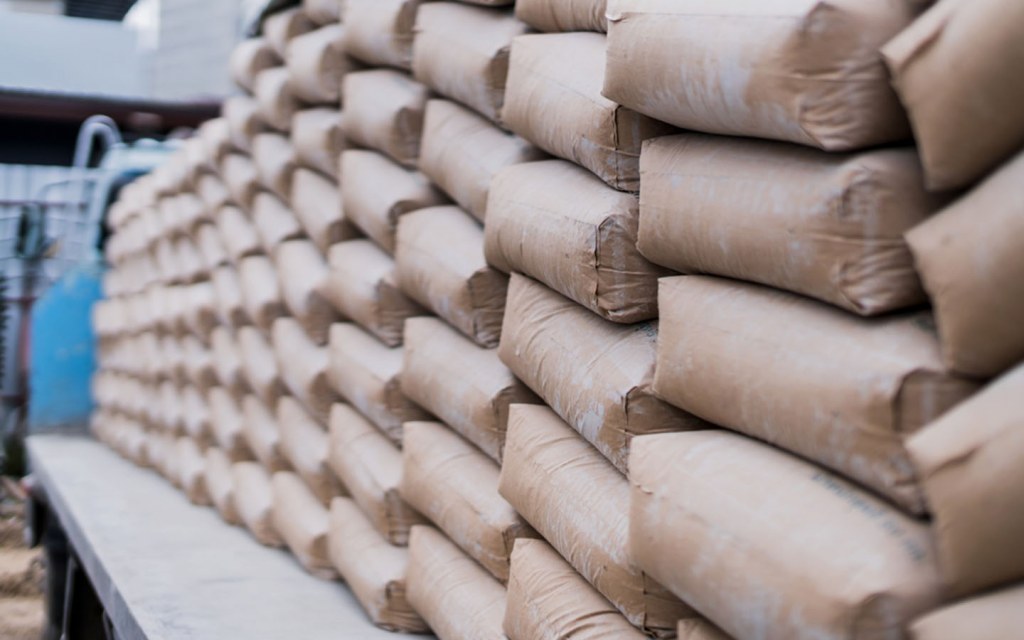
You must always check the manufacturing date of cement on the back of the bag before using it.
Although a lot of people don’t realize this, the strength of cement with time. This is because freshly produced cement tends to absorb moisture from the air rather quickly. Despite being packed inside a bag, cement gradually starts to lose its strength due to an increase in its moisture content. The chemical reaction that takes place when cement comes in contact with atmospheric moisture is called ‘hydration’.
Therefore, most experts suggest using cement within 90 days from the date of manufacturing.
Here is a simple breakdown of how cement loses its strength over as it gets old.
| Age of Cement | Reduction in Strength |
| 3 months | 20% to 30% |
| 6 months | 30% to 40% |
| 12 months | 40% to 50% |
Check the Colour of Cement
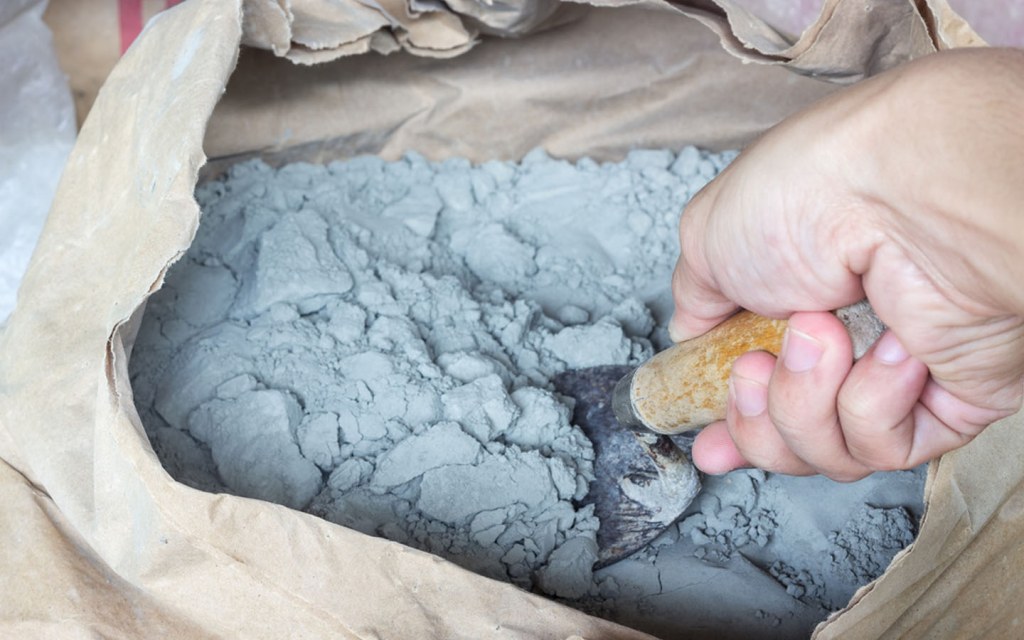
The colour of the cement is a huge indicator of its quality and composition.
Ideally, cement should be a uniform grey colour with a light greenish shade. If the colour of cement has a dark greenish tint to it, it may indicate an excess of lime or clay.
Check for the Presence of Lumps

Once you’ve opened the cement bag, take a good look at its content to make sure there aren’t any lumps inside.
This is an important test to check the quality of cement, as lumps indicate the packed cement bag had come in contact with moisture. As discussed above, exposure to moisture causes the cement to lose its strength, essentially rendering it useless.
If the bag of cement contains any lumps, you must reject it and contact the supplier or manufacturer.
Cement Float Test
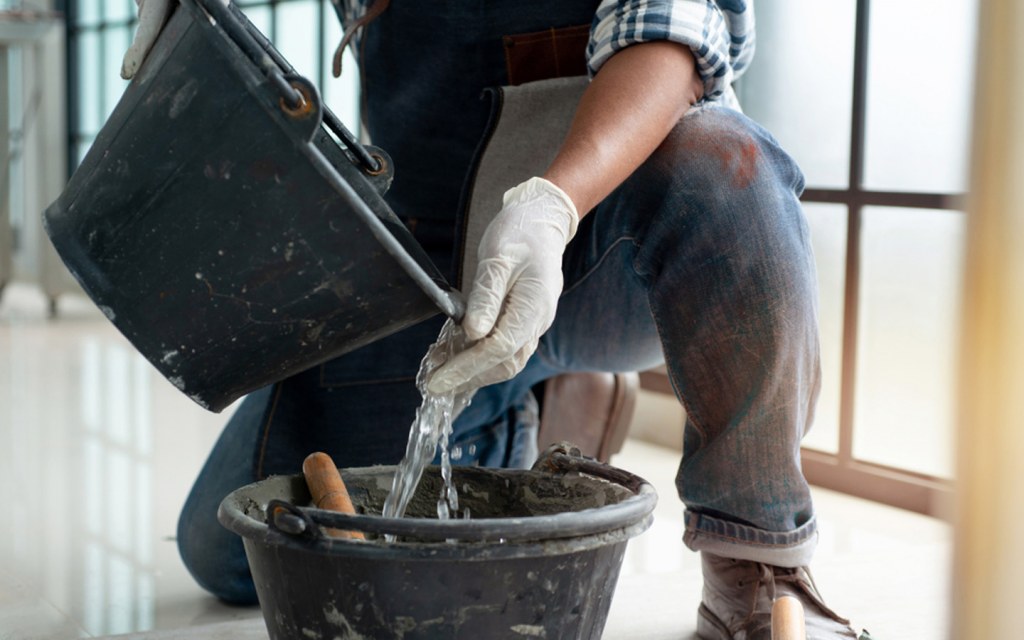
This is another simple quality control test for cement.
To make sure the cement does not include an excessive amount of dust, which can reduce its strength, you can carry out a simple float test at the construction site. All you need to do is take a handful of cement from the bag and throw it in a bucket of water.
Good quality cement would float on water for some time before sinking, whereas cement laden with impurities would sink immediately. Meanwhile, cement mixed with dust will continue to float on water for a longer time.
Cement Adulteration Test
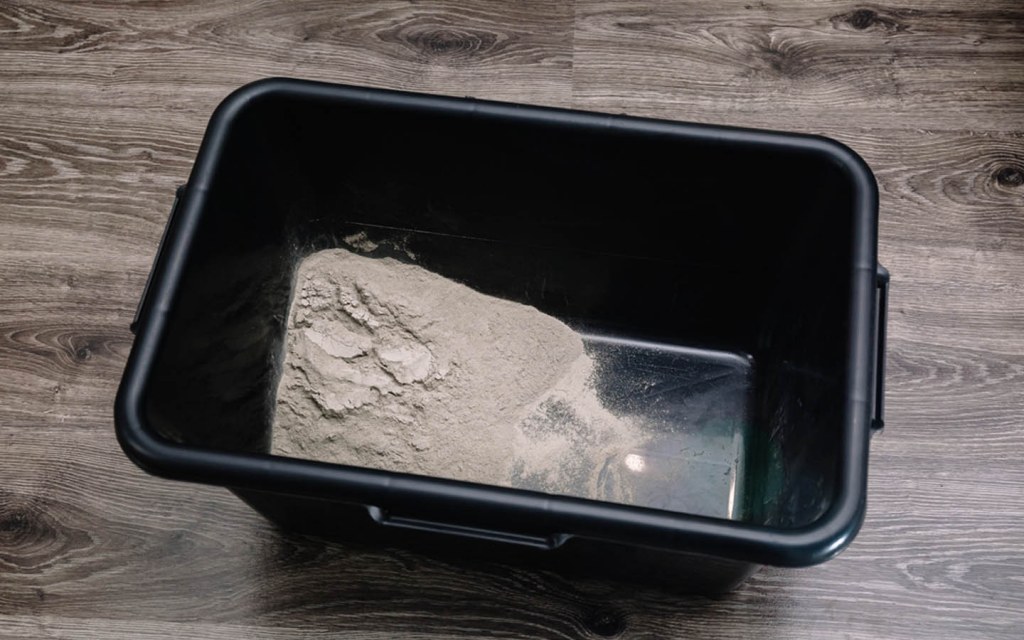
Adulteration refers to the act of adding another substance to an item in order to lower its quality.
To check the quality of cement, you can take a pinch of the construction material and rub it between your fingers. If the material feels smooth on your skin, you should go ahead and use it. However, if the cement feels rough or gritty, it could be an indicator of excess sand.
Adulteration test is more commonly referred to as the fineness test of cement.
Cement Temperature Test
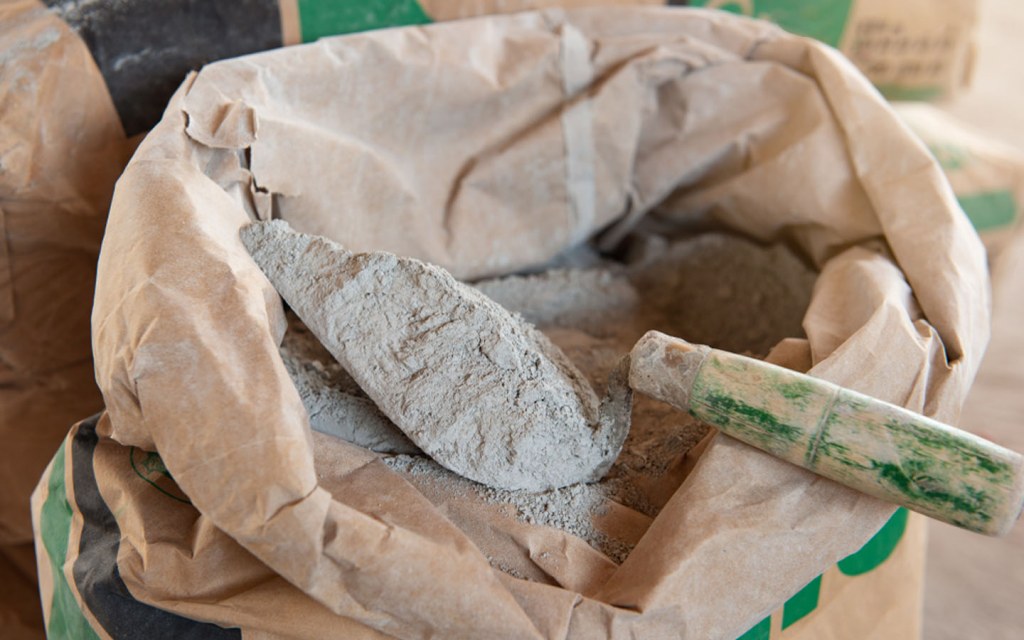
This is perhaps the easiest way to check the quality of cement at the construction site.
Just place your clean, dry hand inside the bag of cement. If the material feels cool, that means hydration has not taken place inside the bad. However, if it feels warm, you should replace it with another bag.
Cement Strength Test
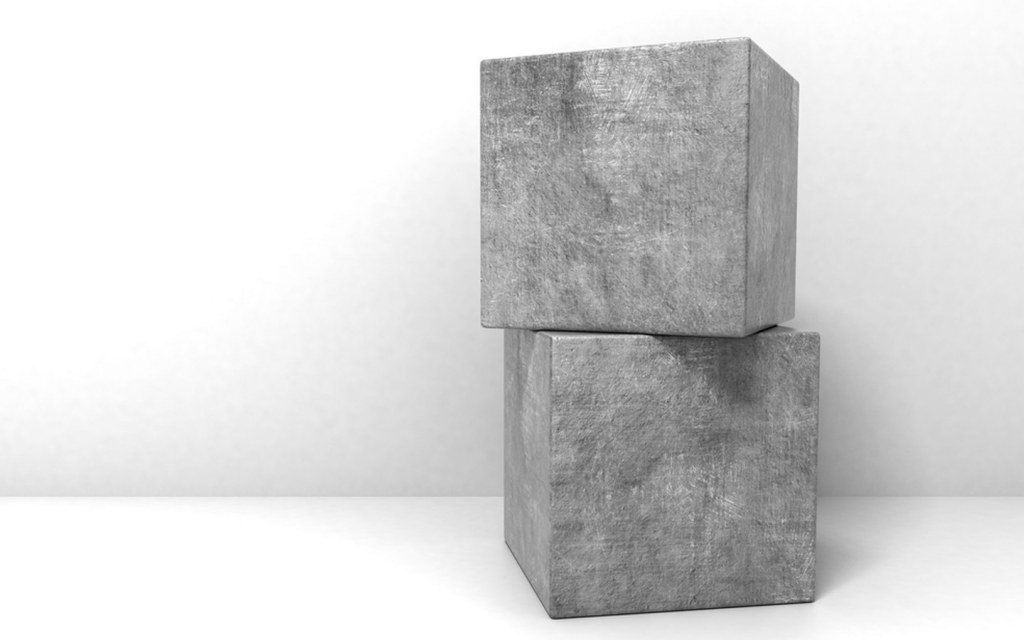
For the strength or soundness test of cement, prepare a 200 mm long block that is 25mm wide and 25 mm tall. Immerse it in water for about 7 days before placing the cement block on supports approximately 15 cm apart. Next, place a weight of around 34 kg on the block.
If the cement is of good quality, the block will not show any cracks and easily hold the weight.
Cement Odour Test
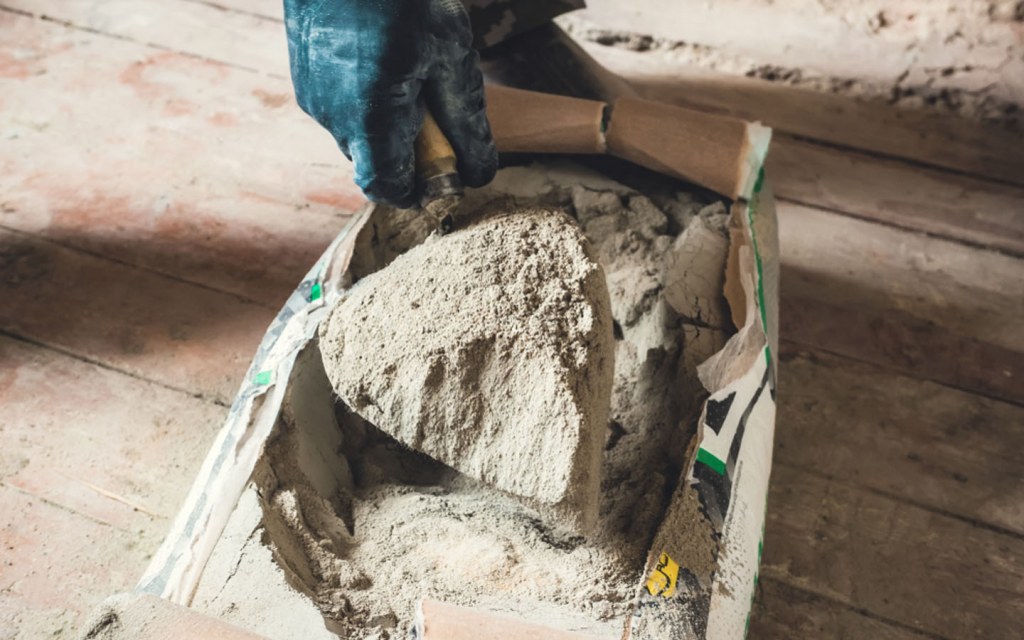
Another way to check the quality of cement is by smelling it. Cement is naturally odourless, but if you catch a whiff of an earthy smell coming from the bag, it is an indicator of the excess amount of clay and sand in the material.
Cement Setting Test

Last but not least, you can perform a cement quality check by mixing it with water to make a thick paste on a glass plate. Ideally, you should take approximately 100 gm of cement and mix it with a small amount of water to ensure the paste remains stiff. Use a trowel to make a cement cake with straight edges and submerge the glass plate into a bucket of water.
Leave the plate underwater for about 24 hours before taking it out. If the shape of your cement cake looks the same and you can’t spot any cracks or uneven edges, it indicates the cement is of good quality.
It is called a consistency test of cement.
That brings an end to our guide on how to check cement quality at the construction site.
Feel free to share your comments and feedback with us on contact@vvjkbuilders.com.